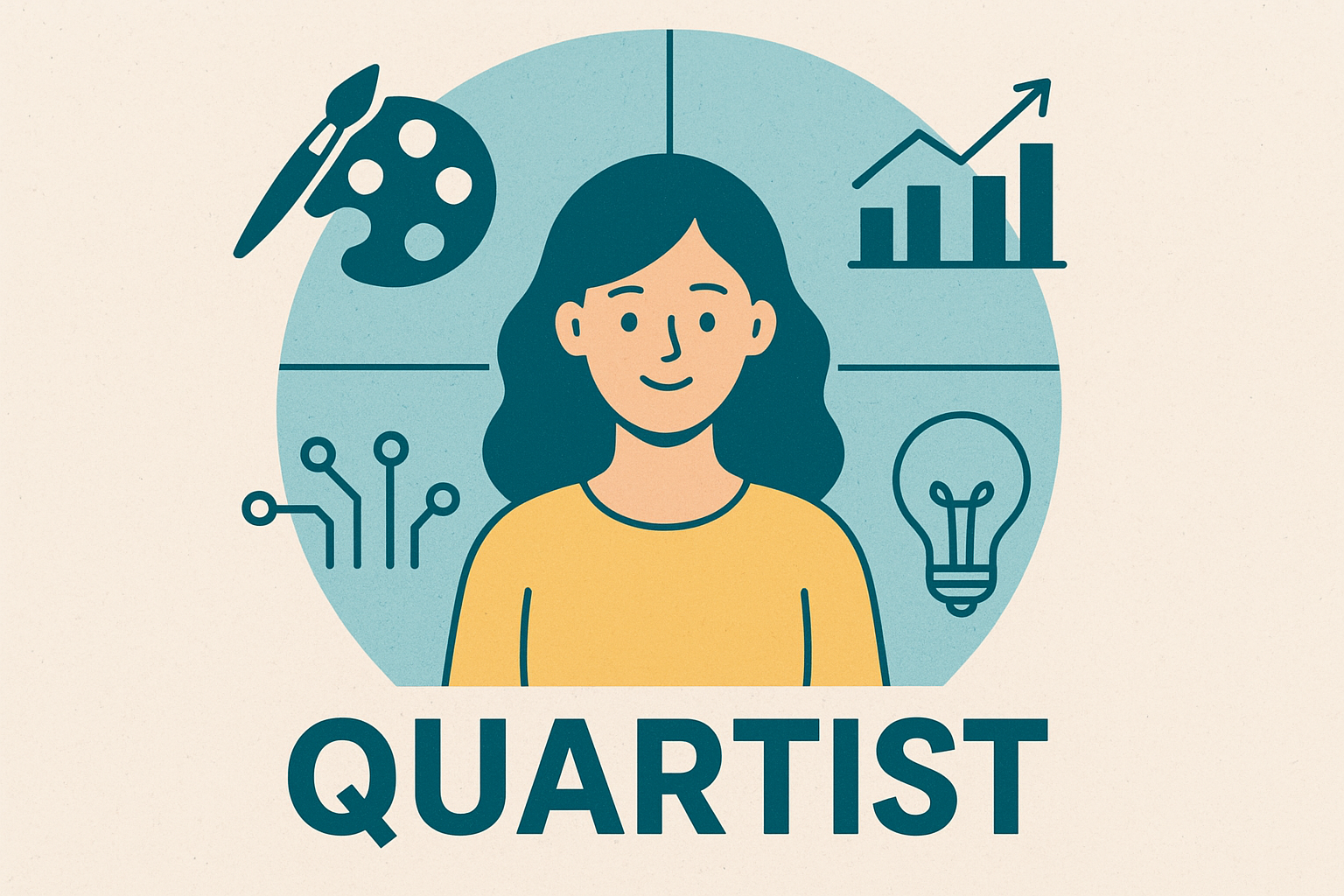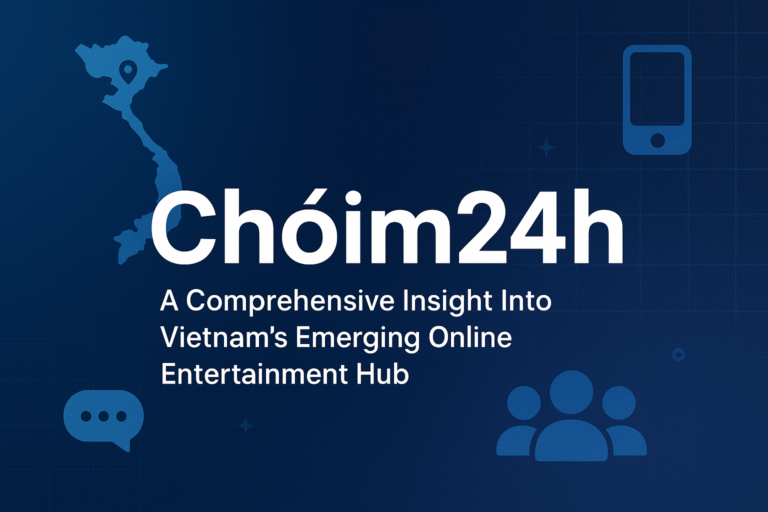Quartist: Meaning, Uses, and Real-World Impact
In today’s fast-evolving creative and analytical industries, the term “Quartist” has begun to capture attention. Whether you’ve come across it in the context of art, data science, or innovative design thinking, this emerging concept reflects a growing intersection of creativity, analysis, and adaptability. But what exactly does Quartist mean, and why is it gaining relevance in modern professional landscapes?
This in-depth guide will explore the definition, benefits, challenges, and real-world applications of the term “Quartist.” Drawing from practical insights and expert observations, this article aims to clarify not just what a Quartist is—but what mindset and skill set define one.
What is a Quartist?
A Quartist refers to an individual who blends four core dimensions of mastery—creativity, logic, technology, and adaptability—into their work. Unlike specialists who focus narrowly on one domain, a Quartist thrives at the intersection of multiple disciplines.
The term is derived from the root “quart,” meaning four, symbolizing balance and integration across four essential pillars of expertise:
- Creative Intelligence – the ability to generate original, impactful ideas.
- Analytical Thinking – the skill to interpret data and patterns accurately.
- Technological Literacy – competence in digital tools, AI, or emerging tech.
- Adaptive Mindset – openness to change, continuous learning, and innovation.
In simpler terms, a Quartist is not just an artist, scientist, or strategist—they are a hybrid professional capable of bridging gaps between imagination and execution.
Why the Concept of Quartist Matters Today
The rise of the Quartist mindset is a reflection of the modern workplace’s evolution. As industries merge creativity with technology, professionals are expected to be multidimensional thinkers.
A Quartist approach offers several tangible benefits:
- Enhanced Problem-Solving: By integrating creative and analytical thinking, Quartists find unique solutions to complex issues.
- Innovation Through Diversity: Their interdisciplinary nature drives originality and adaptability.
- Future-Proof Skills: Quartists stay relevant amid rapid digital transformation.
- Strategic Versatility: They can contribute across design, data, leadership, and communication roles.
Organizations are now prioritizing professionals who embody Quartist traits because they represent the future of cross-functional excellence.
Core Characteristics of a Quartist
A true Quartist is defined not by their job title, but by their mindset. Below are key attributes that set them apart:
1. Holistic Thinker
They see the bigger picture, connecting ideas across disciplines that others might overlook.
2. Emotionally Intelligent
They blend empathy with critical thinking, creating solutions that resonate both logically and emotionally.
3. Data-Informed Creator
They use data not to limit creativity but to amplify it, turning insights into impactful designs, campaigns, or innovations.
4. Lifelong Learner
Constant evolution is at the heart of being a Quartist. They view every challenge as an opportunity to grow.
5. Tech-Driven Innovator
From AI tools to creative software, they understand how to use technology as an enabler rather than a replacement for human skill.
How to Develop a Quartist Mindset
Becoming a Quartist isn’t about mastering everything—it’s about building synergy between multiple skills. Here’s how you can cultivate the mindset:
- Balance Logic with Creativity: Practice both analytical and artistic exercises to strengthen your dual thinking ability.
- Learn Continuously: Dedicate time to learning new technologies, especially AI-driven tools.
- Collaborate Across Fields: Work with professionals from diverse domains to expand your perspective.
- Stay Curious: Question conventions and experiment with new approaches.
- Embrace Adaptability: Be comfortable shifting roles or methods when circumstances change.
Real-World Examples of Quartist Thinking
- In Art: Digital artists who integrate coding, motion graphics, and psychology into their creations.
- In Business: Strategic leaders using data analytics alongside creative branding to drive growth.
- In Education: Teachers adopting technology to personalize learning experiences.
- In Science: Researchers who combine intuition with computational models to uncover innovative insights.
These examples highlight that being a Quartist is not tied to one profession—it’s a philosophy of multidimensional excellence.
Challenges Faced by Quartists
While the Quartist mindset is powerful, it comes with certain challenges:
- Overextension: Balancing multiple disciplines can lead to burnout if not managed wisely.
- Identity Ambiguity: Because they don’t fit into traditional roles, Quartists may struggle with recognition or job definitions.
- Continuous Learning Pressure: Keeping up with fast-paced innovation requires constant effort.
- Collaboration Misalignment: Traditional teams may find it difficult to adapt to a hybrid thinker’s approach.
Acknowledging and addressing these challenges helps Quartists maintain balance and long-term growth.
Future of Quartists in the Modern Economy
As the global job market shifts toward AI-human collaboration, the Quartist approach becomes even more valuable. Future leaders will likely be those who can:
- Integrate creative problem-solving with AI-driven analytics.
- Build interdisciplinary teams that value diversity in thought.
- Encourage experimentation and adaptability over rigid processes.
The Quartist mindset is not just a trend—it represents the next stage of human intelligence, combining empathy, creativity, and logic to build meaningful impact.
Practical Steps to Apply the Quartist Framework
- Identify Your Core Strengths: Understand which of the four dimensions you already excel in.
- Map Skill Gaps: Find areas where you need growth—whether technical, analytical, or creative.
- Apply Knowledge Across Contexts: Try using your analytical skills in creative projects, or your artistic instincts in strategic planning.
- Build Interdisciplinary Networks: Engage with professionals from other industries.
- Reflect and Refine: Regularly assess how your combined skills are shaping your work outcomes.
FAQs About Quartist
- What does the term Quartist mean?
A Quartist is someone who combines creativity, logic, technology, and adaptability to create well-rounded, innovative solutions. - Can anyone become a Quartist?
Yes, with practice and mindset development, anyone can nurture these four dimensions regardless of their profession. - Is Quartist a new concept?
While the term is relatively new, the philosophy of blending multiple disciplines has existed in innovators and polymaths throughout history. - What industries need Quartists the most?
Fields like digital marketing, design, AI development, education, and strategic leadership benefit greatly from Quartist thinking. - How can organizations support Quartists?
By promoting interdisciplinary collaboration, continuous learning opportunities, and flexible work models. - What are the biggest challenges Quartists face?
Maintaining focus, balancing diverse skill sets, and gaining recognition in traditional corporate structures.
Conclusion
The Quartist mindset represents a powerful evolution in how individuals think, work, and create. By merging creativity with logic and embracing technology through adaptability, Quartists become pioneers of the modern era—individuals capable of shaping innovation, solving complex problems, and driving meaningful progress.






